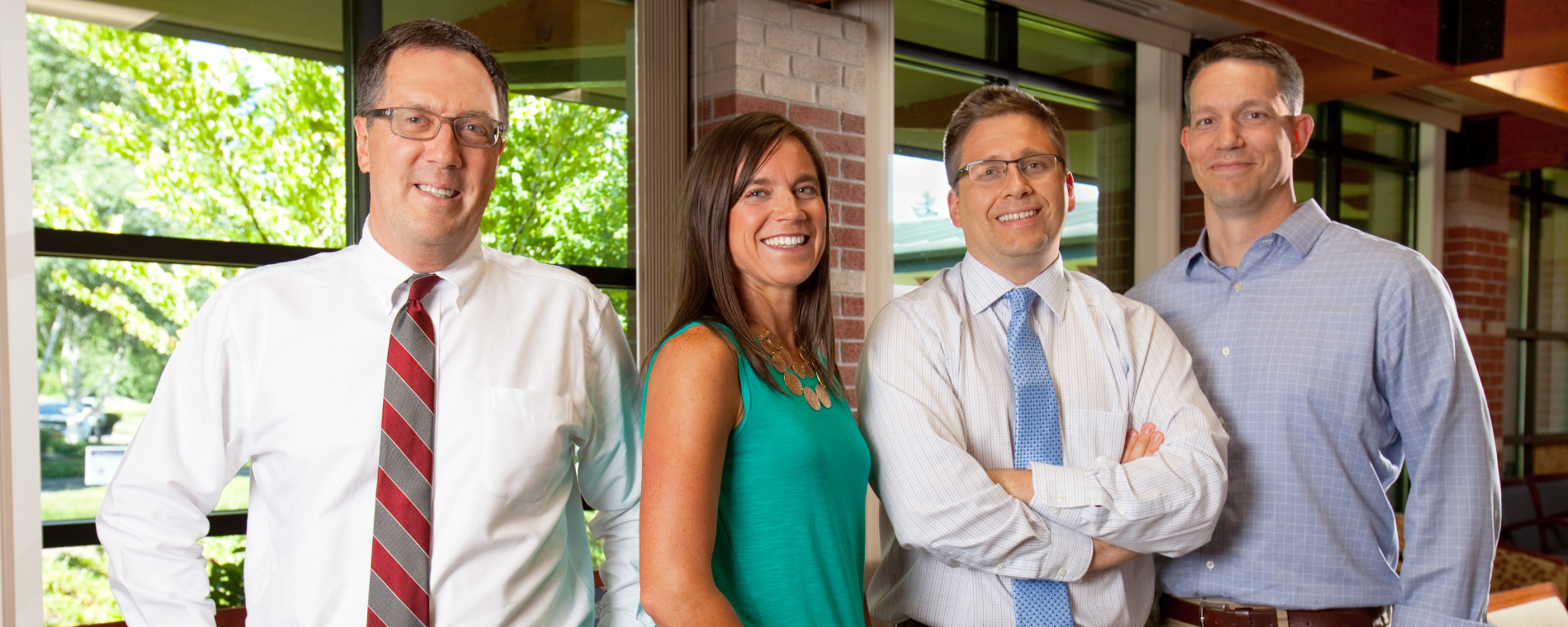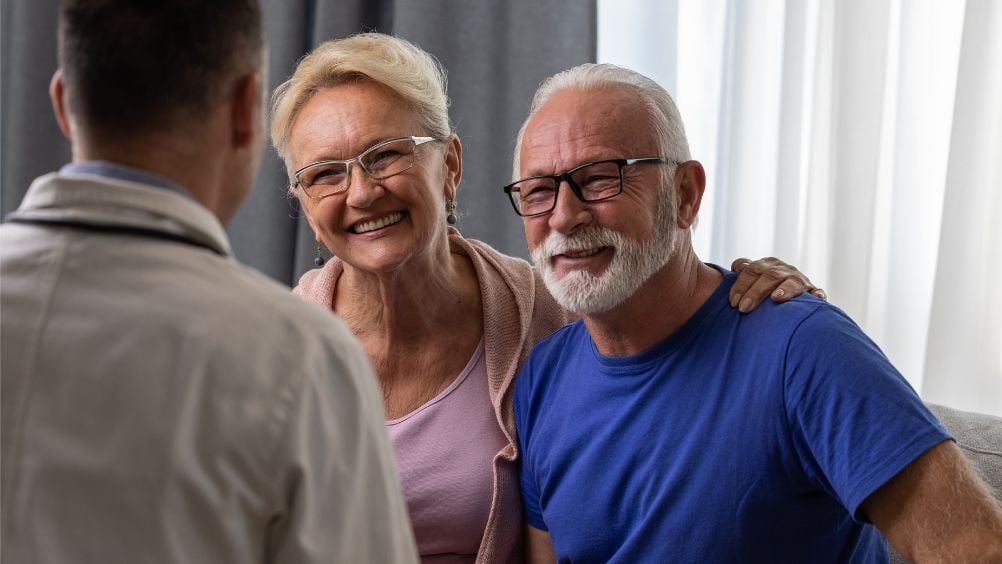As chief medical physicist at Willamette Valley Cancer Institute, Adil Akhtar’s job is all about the details.
Patients undergoing radiation treatment may never meet him, but they benefit from his work. He ensures, first and foremost, patient safety, as well as the quality and effectiveness of every radiation treatment a patient receives.
“It’s very exciting what we’re able to do,” Akhtar says. “We are able to shape radiation, which is a pretty phenomenal thing. You can’t see radiation, but we’re able to sculpt it and conform it to the target with precision and accuracy.”
“Cancer is really best treated by a team,” says Dr. David Fryefield, radiation oncologist and medical director at WVCI. “With radiation, that’s especially true.”
“We have dosimetrists who help us with our treatment planning; we generate an individual treatment plan for each patient. There are also the therapists who deliver the treatment and they do that under our direction. We all work together and we all have our roles in the patient’s care,” Fryefield says.
“The physician has a vision of how they want to treat the patient and with what dose, and it’s our job as a team to implement that vision and make sure that it comes to fruition,” Ahktar says.
Radiation therapy to treat prostate cancer has advanced significantly in the last 10 years with the development of IMRT, which offers controlled, ultra precise, targeted radiation. And now, WVCI is the first oncology clinic in the region to offer high dose treatments for prostate cancer called SBRT, which are delivered in less time, meaning far fewer appointments for patients who qualify.
“Stereotactic body radiation therapy (SBRT) really designates that someone is going to get about five treatments,” explains Dr. Thomas Sroka, a radiation oncologist at WVCI. “That’s given over about two weeks, versus classic radiation therapy for prostate cancer, which is given over nine weeks.”
“It’s incredible,” says Nikki Thaut, WVCI’s Director of Radiation Services. “The technology is exciting and invigorating, and it’s something where you’re always looking around the corner thinking, ‘That’s going to come next?'”
The goal of the care team is to provide quality care for the best outcome, help to alleviate patients’ worries and provide hope in the moment.
“At the end of the day, it’s all about the people,” Akhtar says. “It’s about the people you are treating and the people you’re working with. It’s just really humbling.”



